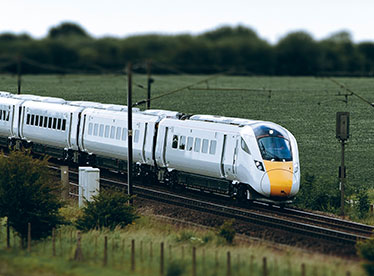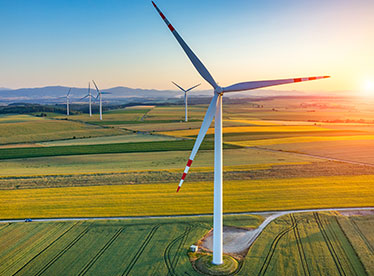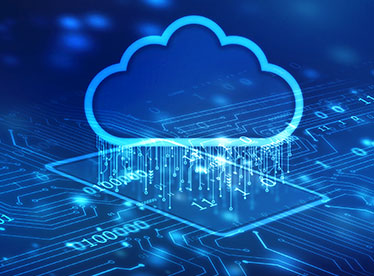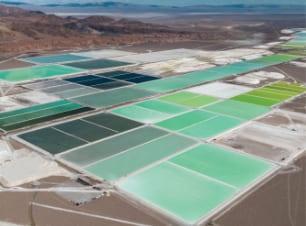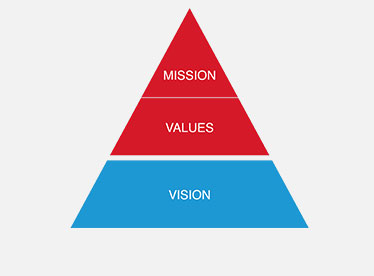-
Products
-
Transportation & Mobility Solutions
Transportation & Mobility Solutions
At Hitachi, we engineer industry-leading transportation and mobility solutions by leveraging decades of knowledge and using high-quality automotive material and components.
-
Energy Solutions
Energy Solutions
We believe the only solution for fulfilling the growing power requirements of industries and society is through a comprehensive portfolio of sustainable energy solutions and delivering innovative high-efficiency energy systems.
-
IT Infrastructure Services
IT Infrastructure Services
Hitachi’s state-of-the-art IT products and services are known to streamline business processes which result in better productivity and a higher return on investment (ROI).
-
Social Infrastructure: Industrial Products
Social Infrastructure: Industrial Products
Within the industrial sector, Hitachi is consistently delivering superior components and services, including industrial and automation solutions, useful in manufacturing facilities.
-
Sustainable Minerals and the Circular Economy
Sustainable Minerals and the Circular Economy
Meeting the challenges of the green energy revolution necessitates the sustainable production of more minerals. Hitachi is dedicated to enabling these advances by providing robust solutions across the entire mining value chain.
-
Healthcare & Life Sciences
Healthcare & Life Sciences
At Hitachi, we believe that healthcare innovation is crucial to a society’s advancement. A strong healthcare sector is often considered an inseparable element of a developed society.
-
Scientific Research & Laboratory Equipments
Scientific Research & Laboratory Equipments
Hitachi focuses on extensive research and development, transformative technology, and systems innovation to unfold new possibilities and create new value through scientific endeavors that strengthen the connection between science and social progress.
-
Smart Audio Visual Products
Smart Audio Visual Products
Since 1956, Hitachi audio visual products have provided state of the art solutions to consumers all over the world. It has been our pleasure to design competitive products at the lowest possible prices while maintaining our industry-leading quality standards for your comfort and enjoyment.
-
View All Products
Hitachi Products & Solutions
Hitachi, a technology leader in the U.S., offers a diverse set of products and solutions, and breakthrough technologies for smart manufacturing, green energy and mobility solutions that empower governments, businesses, and communities.
-
Transportation & Mobility Solutions
- Social Innovation Solutions
-
About Us
-
Hitachi in the U.S.A.
Hitachi in the U.S.A.
Discover information about the Hitachi group network across the Americas, upcoming events and sustainability endeavours, CSR policies, and corporate government relations.
-
About Hitachi Group
About Hitachi Group
Explore our leadership team, investor relations, environmental vision, and sustainability goals. Learn how Hitachi is leveraging its research & development capabilities for social innovation across industry verticals.
-
Hitachi in the U.S.A.
- News Releases
- Case Studies
- Careers
- R&D
Upgrading Infrastructure
Upgrading Infrastructure
President Biden is prioritizing legislation that ensures the U.S. will be heavily investing in public transportation, railway networks, clean energy, distributed energy resources, electric grid infrastructure and microgrids – all of which build resiliency and are crucial to reducing carbon emissions.
An ambitious project of this size and scope will require private sector partners capable of driving the modernization of America’s infrastructure. Hitachi’s experience in creating reliable railway networks, resilient and sustainable power grids, efficient electric vehicles and charging infrastructure, and reliable public transportation will prove instrumental in equipping America with the modern infrastructure it needs.
With its lower carbon footprint, railway travel is increasingly viewed as a potential answer to America’s transportation needs. Hitachi has been active in the railway sector for 100 years. Only by combining the power of AI and digital integration with traditional engineering expertise, can we transform whole mobility systems for passengers.
Hitachi has designed and is building the first ever fully-automated, driverless urban transit system in the U.S. in Honolulu, Hawaii. For San Francisco Bay Areas Rapid Transit District (BART), it’s installing the latest generation of technology that allows trains to safely operate on tighter schedules, increasing capacity and improving services. For the Washington Metropolitan Area Transit Authority (WMATA), Hitachi is installing high-definition cameras, digital screens and real-time information to help increase capacity and improve services. Hitachi takes a holistic view of mobility. By connecting engineering and digital solutions throughout the entire transportation system, our Mobility as a Service (MaaS) offering aims to create seamless passenger travel.
Power grids across North America are aging, and modernizing this infrastructure is a critical priority. The widespread power outage in Texas in February 2021 reminded us once again of the importance of a resilient power grid that can deliver power reliably and efficiently from suppliers to consumers, while effectively sharing power between regions, often across long distances. Hitachi is poised to support the construction of reliable and efficient long-distance intraregional power transmission and distribution lines to cover large areas of territory by leveraging reliable high-voltage direct current (HVDC) and flexible alternating current transmission systems (FACT) technologies, better energy storage and microgrid systems, and digital technologies for management and control of these systems.
President Biden has an ambitious vision of a greener future, and the U.S. is working to set ambitious targets to make half of all new vehicles sold in 2030 and beyond zero-emission vehicles. As sustainability plays a key role in America’s strategy to combat climate change, the need to prioritize the development of EV-related infrastructure will increase. Hitachi is poised for growth and expansion because it has the ability to offer a turnkey solution to fleet operators providing services across the value chain, including an innovative grid-to-plug EV fleet charging system and asset management services.

